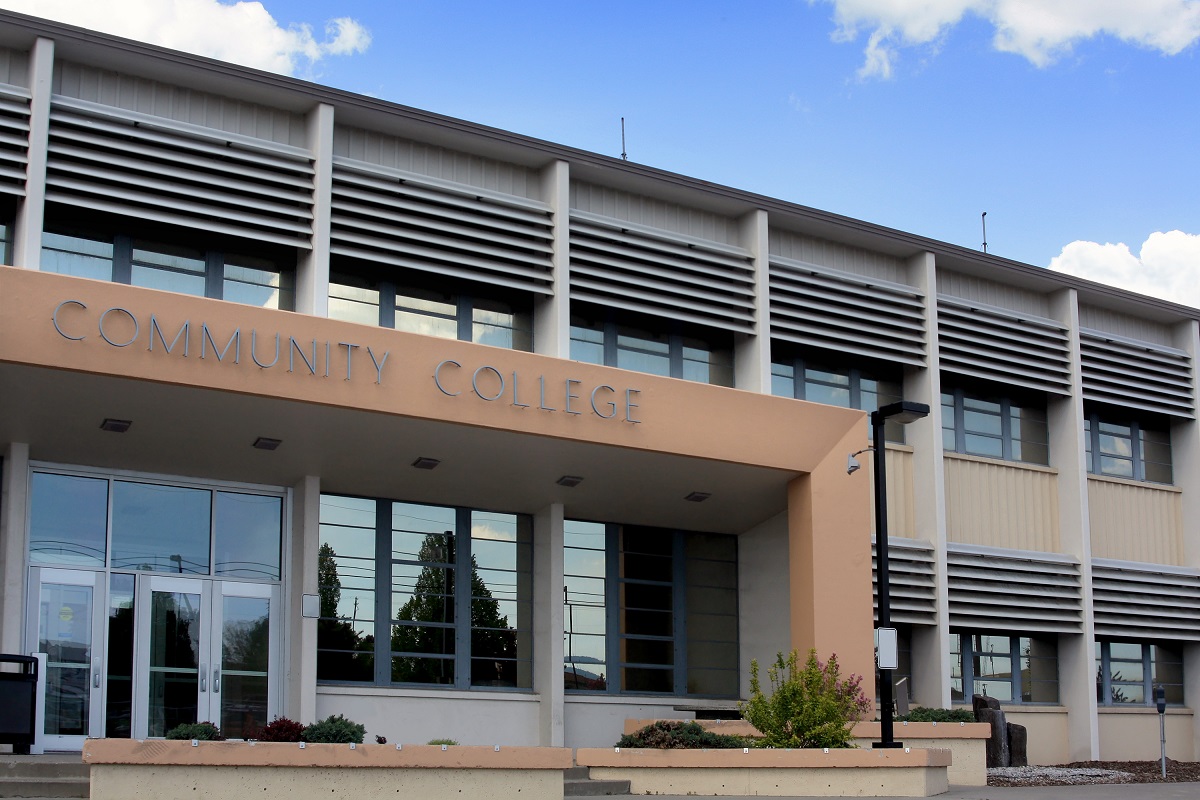Implementing proven strategies for building connections and engaging students can help foster deeper ties between students and their schools and, ultimately, increase student achievement, according to a recent brief from EdResearch for Action.
Researchers highlight five proven strategies school leaders can use to help students feel understood, accepted and cared about by teachers and peers — factors likely to boost attendance and improve the overall mental and physical well-being of students — as well as three strategies to avoid.
Currently, a significant number of students report a lack of supportive adult relationships and meaningful engagement at school. The California Health Kids Survey found that just 63 percent of seventh graders, 55 percent of ninth graders and 60 percent of 11th graders report having support from a caring adult at school. According to the Centers for Disease Control and Prevention (CDC), about half of LGBTQ youth report feeling close to people at school, compared to 65 percent of their non-LGBTQ peers. And at the height of the pandemic, the CDC found that only 35 percent of students from marginalized communities reported experiencing a key element of school connectedness: an adult at school who knew and cared about them as a person, compared to 50 percent of all high school students.
Local educational agency leaders are encouraged to simultaneously address all components of connectedness in order to more successfully promote student achievement.
Researchers identified four factors that contribute to feelings of school connectedness. Students feel connected:
- When they perceive that specific teachers and/or staff know and care about them as individuals
- When they belong to a supportive peer group
- When they are engaged in prosocial school activities, in which they perceive themselves to be supportive of others
- When they feel accepted within the school community for who they are
Strategies that work
Assessment that enables staff to establish a baseline, identify areas for improvement and monitor progress is crucial to building school connectedness.
“Each of the four components of school connectedness can be measured systematically via school climate surveys, student surveys, interviews, focus groups (including students and/or faculty and staff), and the analysis of school records (such as disciplinary referrals, absences, and rates of participation in school activities and extracurriculars),” the brief states. “Researchers at the Harvard Graduate School of Education have created a mapping tool that teachers can use to identify students who appear to have few positive relationships with teachers, staff, and/or peers.”
Teachers should use explicit strategies to show that they care about their students, know them as individuals and are willing to respond to their distinct needs.
Teacher support is one of the strongest predictors of student belonging. Even simple practices such as greeting students at the classroom door and identifying points of similarity among students and teachers can lay the foundations for positive student-teacher relationships, according to researchers.
Additionally, professional development programs that focus on fostering stronger relationships between teachers and students have been shown to help increase student learning and decrease disciplinary issues.
Disciplinary policies and teachers addressing bullying head on directly affect students.
Teachers play a crucial role in creating a positive school environment where students feel supported and valued by school staff, the brief states. For instance, students are likely to feel a stronger sense of connection to their school when they believe that their teachers are prepared to intervene in bullying situations.
And schools with less severe punitive discipline policies tend to have higher levels of school connectedness. Restorative justice practices have increasingly been recognized as an alternative to traditional discipline by focusing on repairing harm when students misbehave through open discussions.
Schools that offer students opportunities to mentor, tutor or self-govern see stronger connectedness across the community.
Involving students in school councils and other organizational structures has been found to enhance school connectedness, as have service work opportunities like peer mentoring or tutoring, which create more opportunities for students to experience school activities with prosocial components.
“Extracurriculars are often where students find meaning in school participation and opportunities to help others,” according to researchers. “Surveying students allows school leaders to gauge their interest in existing activities and better identify ways to increase access and participation, such as highlighting a demand for new clubs or eliminating activity fees.”
Embracing cultural diversity in schools builds a school environment where all members feel valued, respected and connected.
Students feel more connected to their schools when diverse cultural perspectives are actively celebrated and incorporated in the curriculum and school activities. Among several other strategies, researchers note that school events and activities that actively involve families from diverse backgrounds enhance cultural understanding among the school community, reduce stereotypes and foster a more inclusive and respectful school environment.





